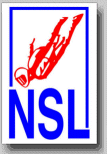
National
Skydiving
League
226 Pecan Street
Deland FL 32724
tel: (386) 801-0804
© 2003 - 2024
All Rights Reserved


226 Pecan Street
Deland FL 32724
tel: (386) 801-0804
© 2003 - 2024
All Rights Reserved

NSL News Coverage of the FAI Indoor World Cup 2024 |
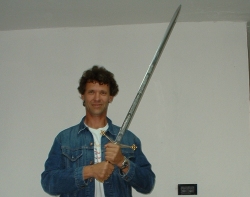
The FS Committee currently consists of four members (Fiona McEachern, Australia - Chair, Anatoly Zhirov, Russia - Deputy Chair, Dr. Rainer Hoenle, Germany and Carl-Erik Tuv, Norway) and four advisors (Jérôme David - France, Klaus Wellens - Germany, Marc Hoornweg - Netherlands, Vana Gulliver - South Africa). The committee members collect feedback out in the field throughout the year, then process and discuss the information within the committee. The FS Committee finally presents potential rule changes to the annual IPC Meeting for approval.
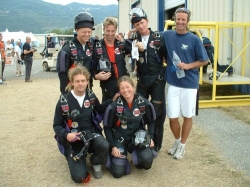
The NSL News already reported the most significant changes of the dive pool yesterday. The whole set of the new and current 4-way dive pool for the 2005 season can be downloaded by clicking on the following links: Random Formations, Blocks 1 - 8, Blocks 9 - 16, Blocks 17 - 22.

Block 5 has already been a fast vertical technique for most teams, which reduced the actual rotation of the pieces far below 180 degrees. The new freedom of choices invites to apply the very efficient vertical technique even more. However, the committee members, judges and teams know very well by now that the centerpoints of both pieces can get very close to each other with the vertical technique. In fact, the committee also added to the definition of the centerpoint in the same meeting last week. The NSL News will get to these additional changes later.
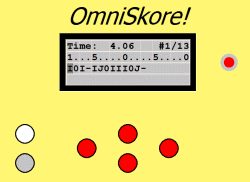
This completes the changes of the dive pool. All additional changes target other areas of the rule book. The whole set of the updated IPC rules can now be downloaded by clicking here. The NSL News will use the following days to point out the details of the changes and offer more background information.
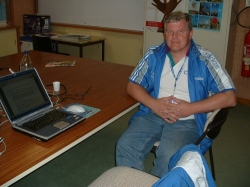
The IPC FS Committee, Omniskore and the judges have worked toward one common goal for quite a while. Evaluation of the competition jumps was supposed to become easier for the judges and more understandable for competitors and the public. The score sheets and judging tools of the past had five different symbols for scores and infringements. The judges had to react very quickly and find the right button for the according call.
One Omniskore button indicated a correct formation with inter along with a scoring point. Four other symbols have been used to show infringements: an incorrect formation, a wrong inter, an omitted formation and non-judgeable formations or inters. It has been challenging for a judge to follow the action with full concentration and push the correct buttons at the same time.
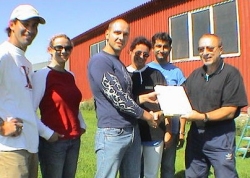
The button for the omission of a formation has never been pushed very often in the past. This will probably remain unchanged in the future since the committee even increased the deduction for an omitted formation or inter to three points. Thus, it will make it even easier for the judges if they have only two buttons to pay serious attention to. One button will count the correct scoring formations, the other button will be pushed for any incorrect or non-judgeable formation or inter.
This simplification of the judging procedure seems to make a lot of sense and gives the judges the chance to concentrate even more on the real action on the screen. However, the opinions of teams, competitors, coaches, judges and officials are different when it comes to the impact of this rule change.
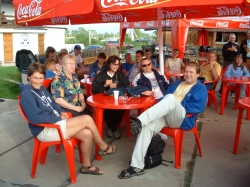
The same simplification for the judges would have been possible with the same or even stronger punishment for infringements. The same two buttons could be pushed for "good" and "bad" formations and inters, and the damage could be a two-point or even a three-point deduction. However, the committee decided that the one-point deduction for any infringement is enough damage. This year's events will show which results this dramatic rule change will bring.
Another simplification of the judging procedure could be the viewing in half speed. The committee has been discussing this option for a while, as well. However, the comments after the meeting and the rule changes do not mention this option in any way. It seems as if the committe decided to make one step first and then see if another step might be necessary at a later time. Join the discussion at the NSL Forum with your feedback.